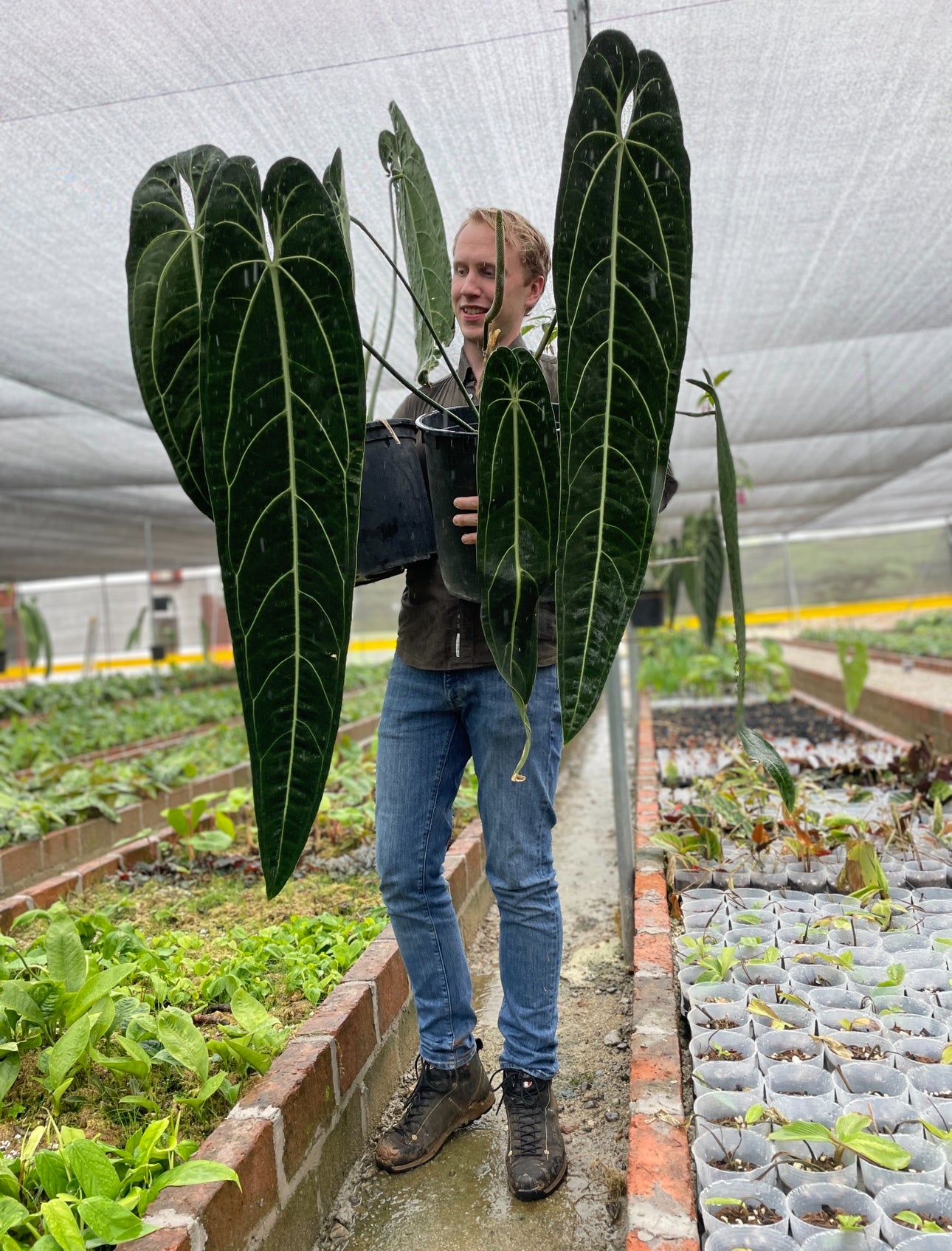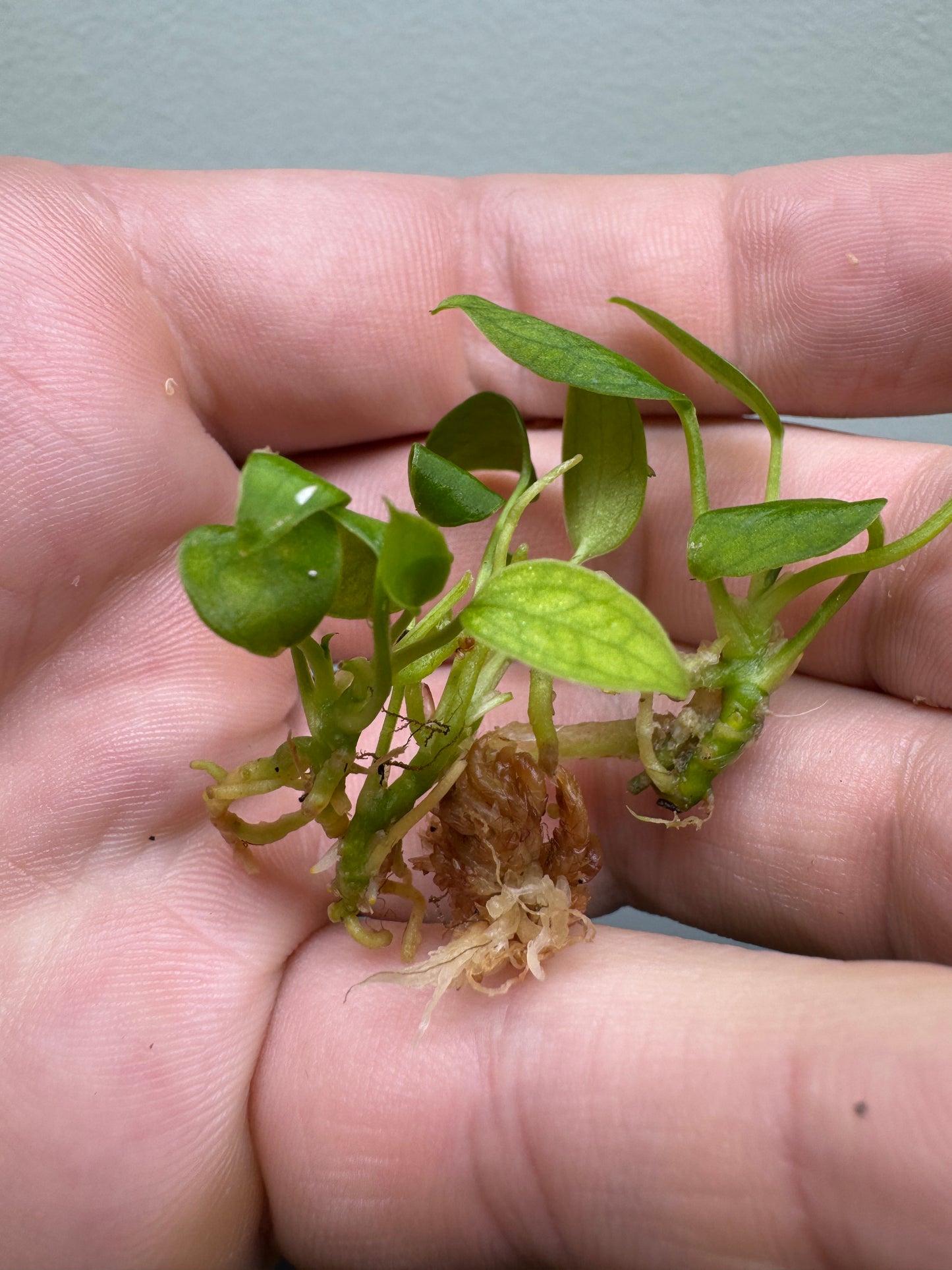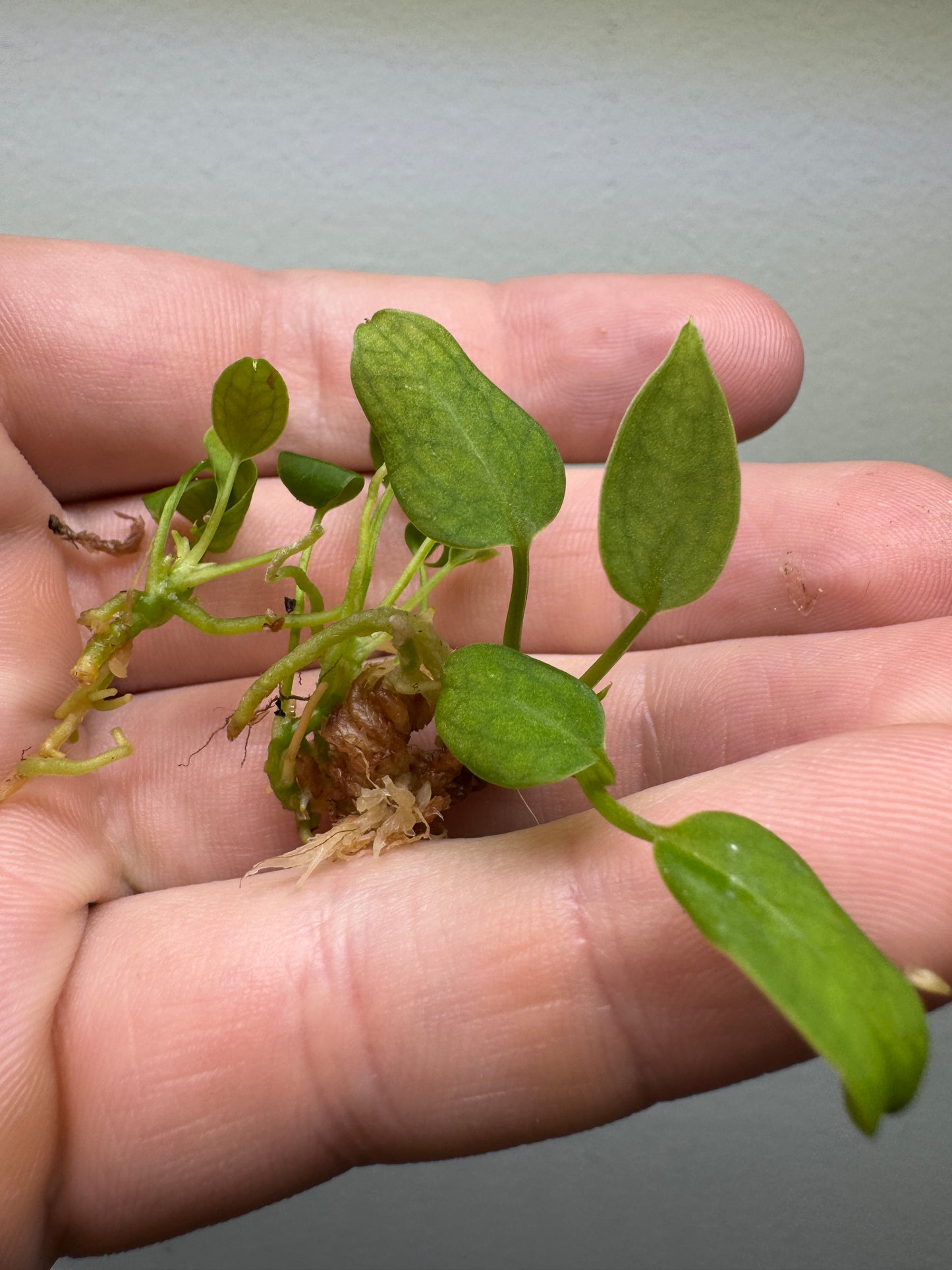- Home
- >
- Anthuriums
- >
- 3x baby Anthurium waroqueanum ’Queen Anthurium’
Plantthatplant
3x baby Anthurium waroqueanum ’Queen Anthurium’
3x baby Anthurium waroqueanum ’Queen Anthurium’
Couldn't load pickup availability
About
About
3x Baby Anthurium warocqueanum 'Queen Anthurium' – Rare Exotic Collector Plants
Up for auction: Three (3) baby Anthurium warocqueanum, also known as the 'Queen Anthurium', one of the most coveted rare plants in the aroid world. Native to Colombia, this exotic plant is famous for its long, velvety leaves and striking white venation. Even as young plants, these unique Anthuriums show early signs of their regal beauty and are perfect for collectors looking to grow their own queens from the start.
Specification
Specification
Care guide
Care guide
5 Care Tips for Anthurium warocqueanum (Queen Anthurium)
Bright, Indirect Light – Promotes healthy growth without damaging delicate velvet leaves
High Humidity (80–90%) – Thrives in greenhouse cabinets or near a humidifier
Well-Draining Aroid Mix – Use moss, perlite, and bark to support airflow and moisture balance
Gentle, Consistent Moisture – Keep the substrate slightly moist; avoid letting it dry out or become waterlogged
Warm, Stable Environment – Ideal range: 20–26°C (68–79°F), with no cold drafts or sudden changes
Share








